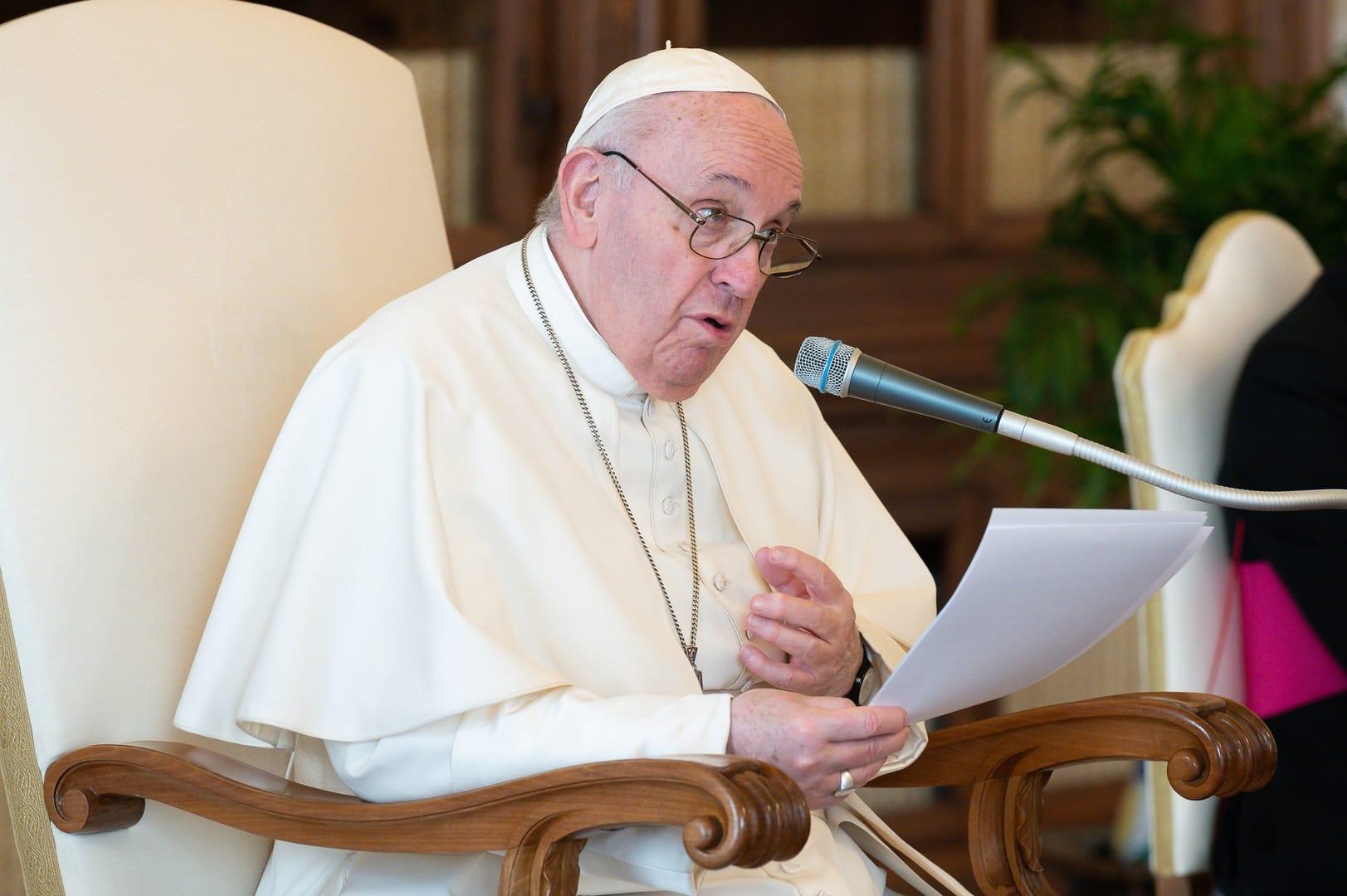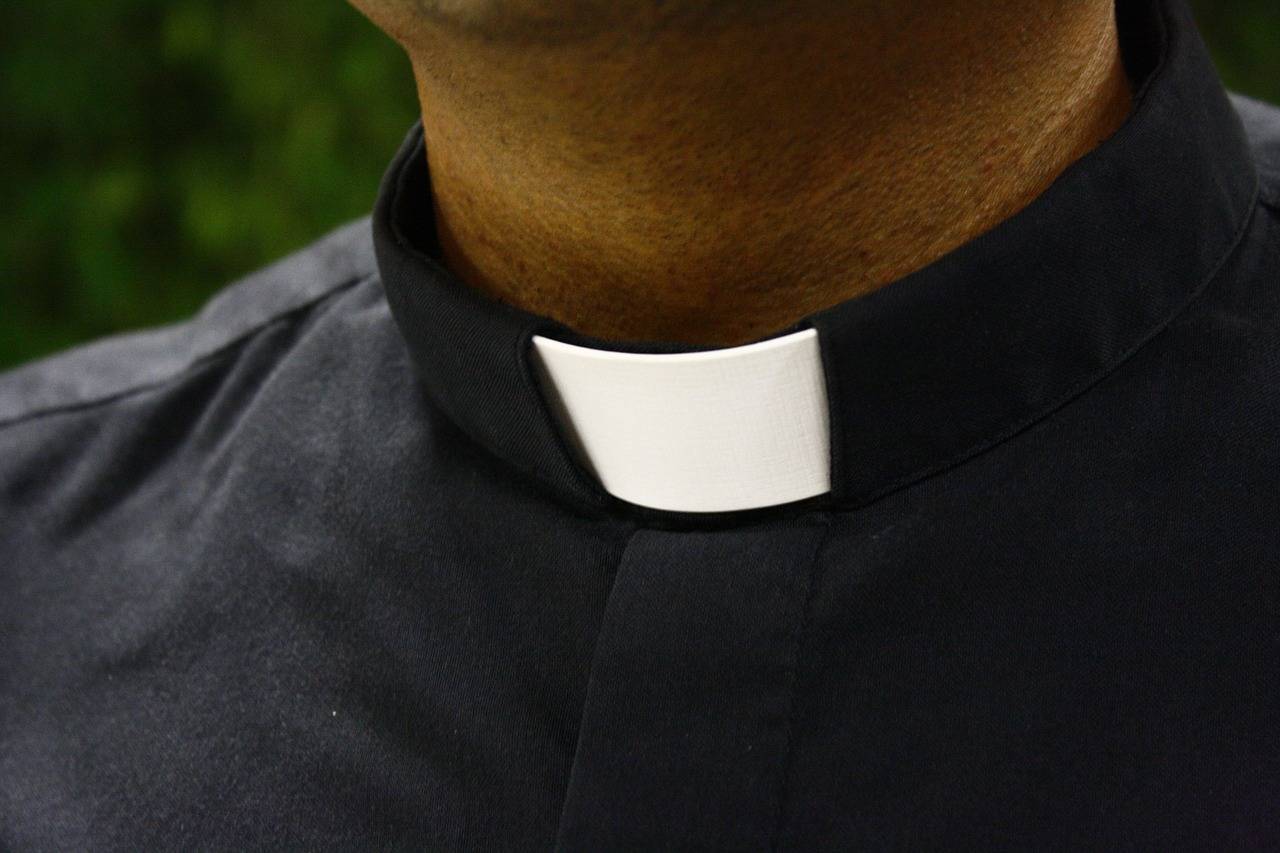ROME – Pope Francis said on Wednesday the Virgin Mary is not a co-redemptrix with Christ, a title which some theological movements in recent decades have tried to assign to the Mother of God.
Jesus, Francis said speaking off-the-cuff, entrusted the entire Church and all the faithful to Mary, but “as a mother. Not as a goddess. Not as a co-redemptrix. As a mother.”
“It’s true that Christian piety always gives beautiful titles to her, like a son to the mother … how many beautiful things does a son say to the mother? But pay attention: the [beautiful] things that the Church, the saints, say to Mary, take nothing away from Christ’s uniqueness as a redeemer,” the pope added, always looking away from his prepared remarks.
“He [Christ] is the only redeemer. They [Marian titles] are expressions of love like a son to the mother, sometimes exaggerated, but we know love always makes us do exaggerated things. Lovesickness,” Francis said.
The title of Mary as “co-redemptrix” dates to the Middle Ages, and the idea of declaring it as a church dogma was discussed, though not adopted, at the Second Vatican Council. In the 1990s American Catholic theologian Mark Miravalle of the Franciscan University of Steubenville launched a petition asking the pope to make such a declaration, and today the “co-redemptrix” devotion tends to be strongest among more conservative Catholics.
What Francis said on Wednesday is in line with what he’s said before about the mother of God, and it’s an assertion he’s often made speaking while departing from his written text. For instance, back in Dec. 2019, during a Mass in St. Peter’s Basilica in honor of Our Lady of Guadalupe, patroness of the Americas, he called the idea of Mary being co-redemptrix “foolishness.”
The pope’s thoughts on the matter are also aligned with the theological thought of Cardinal Joseph Ratzinger, the Vatican’s doctrinal chief during most of St. John Paul II’ papacy, and now Pope emeritus Benedict XVI.
Speaking with Peter Seewald for the book-length interview published as God and the World: A Conversation, the then cardinal said: “The formula ‘co-redemptrix’ departs to too great an extent from the language of Scripture and of the Fathers, and therefore gives rise to misunderstandings.”
“Everything comes from Him [Christ], as the Letter to the Ephesians and the Letter to the Colossians, in particular, tell us; Mary, too, is everything she is through Him,” Ratzinger said. “The word ‘co-redemptrix’ would obscure this origin. A correct intention being expressed in the wrong way.”
On Wednesday, Francis said that Christ is the mediator par excellence, the “bridge that we cross to turn to the Father,” and the only redeemer: “Every prayer that we give to God is for Christ, with Christ and through Christ, and are realized through his intersession.”
“There is no other name by which we can be saved,” Francis insisted.
Mary is the “path” to Jesus, and has a role of “privilege” as the mother of Jesus, to the point that she might even been considered as “the first apostle,” who always “points her finger to Christ,” always present in the key passages of the Gospel: “such as at Cana, when her Son, thanks to her caring intervention, performs his first ‘sign’, and then on Golgotha at the foot of the cross.”
“Jesus extended Mary’s maternity to the entire Church when He entrusted her to his beloved disciple shortly before dying on the cross. From that moment on, we have all been gathered under her mantle, as depicted in certain medieval frescoes or paintings,” Francis said.
The term “co-redemptrix” implies Mary had a subordinate but essential participation in the redemption of souls because of her free consent to give life to Christ, through which she shared his life, suffering and death.
It’s absent from papal teaching, with the exception of Pope Leo XIII’s 1894 encyclical Iucunda Semper Expectatione dedicated to the Rosary: “In the Rosary all the part that Mary took as our co-Redemptress comes to us, as it were, set forth, and in such wise as though the facts were even then taking place; and this with much profit to our piety, whether in the contemplation of the succeeding sacred mysteries, or in the prayers which we speak and repeat with the lips.”
Follow Inés San Martín on Twitter: @inesanma













